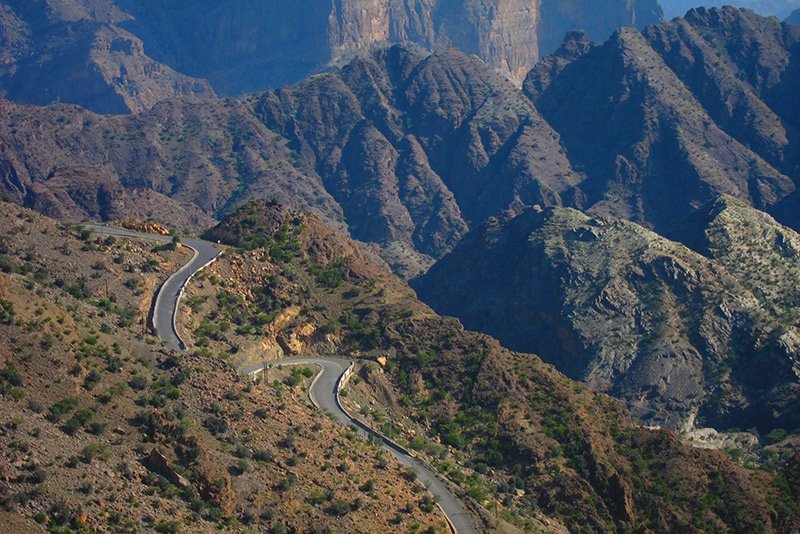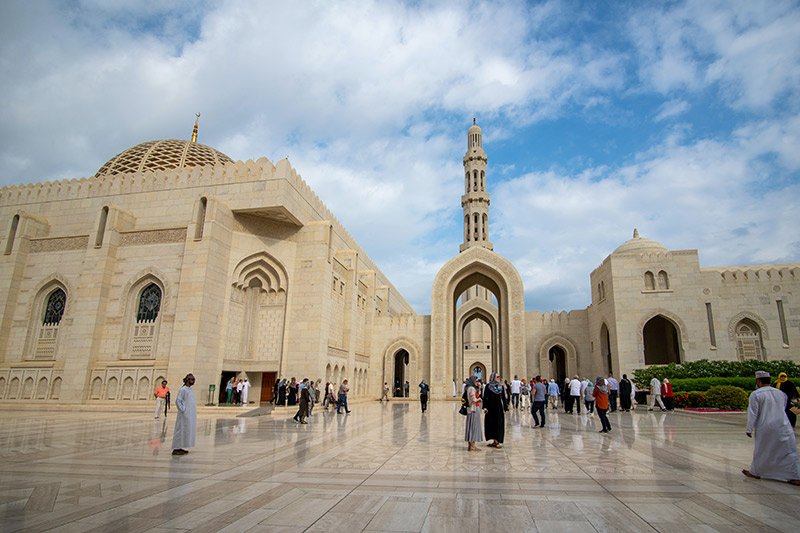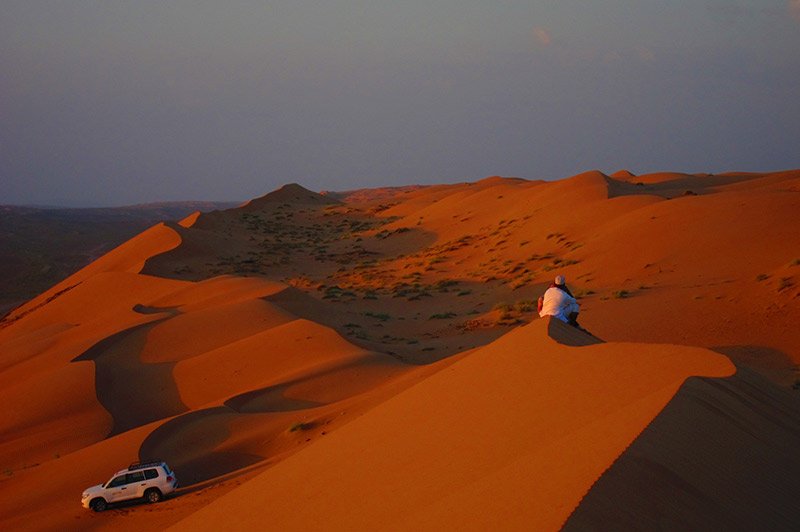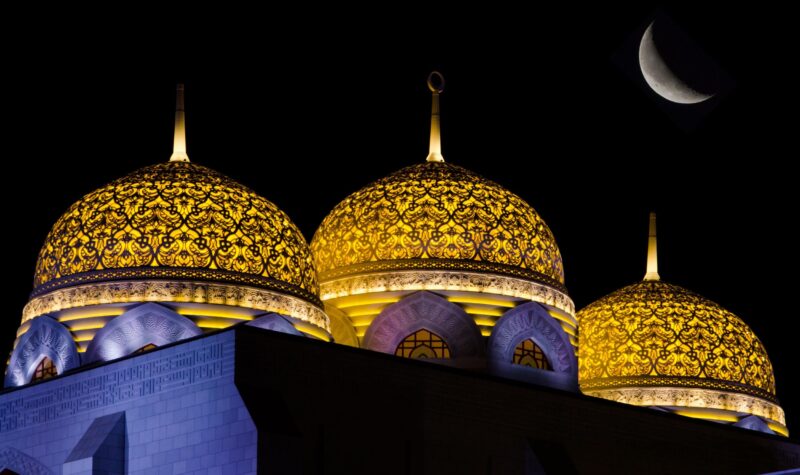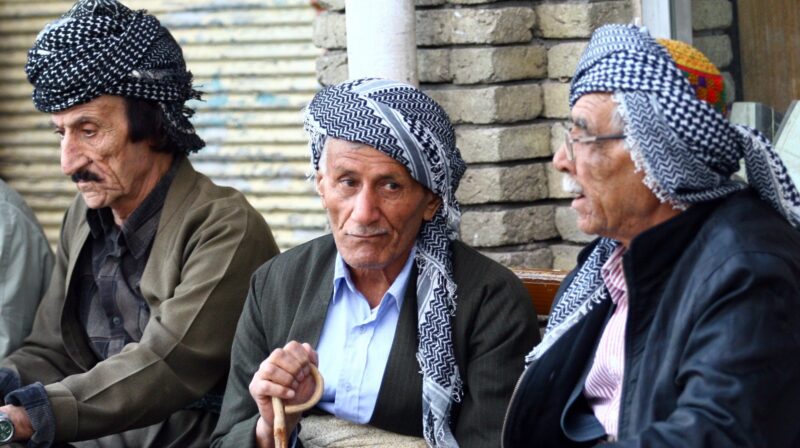| Tour Code | Start | End | Trip Status | Pricing Per person |
|---|---|---|---|---|
| ODC/031125 |
Nov 03, 2025
Monday |
Nov 10, 2025
Monday |
Guaranteed |
£1,995.00
Single Room Supplement: £445.00 |
| ODC/251125 |
Nov 25, 2025
Tuesday |
Dec 02, 2025
Tuesday |
Guaranteed |
£1,995.00
Single Room Supplement: £445.00 |
| ODC/070126 |
Jan 07, 2026
Wednesday |
Jan 14, 2026
Wednesday |
Guaranteed |
£1,995.00
Single Room Supplement: £445.00 |
| ODC/090226 |
Feb 09, 2026
Monday |
Feb 16, 2026
Monday |
Guaranteed |
£1,995.00
Single Room Supplement: £445.00 |
| ODC/230326 |
Mar 23, 2026
Monday |
Mar 30, 2026
Monday |
Guaranteed |
£1,995.00
Single Room Supplement: £445.00 |
| ODC/130426 |
Apr 13, 2026
Monday |
Apr 20, 2026
Monday |
Guaranteed |
£1,995.00
Single Room Supplement: £445.00 |
| ODC/051026 |
Oct 05, 2026
Monday |
Oct 12, 2026
Monday |
Guaranteed |
£1,995.00
Single Room Supplement: £445.00 |
| ODC/021126 |
Nov 02, 2026
Monday |
Nov 09, 2026
Monday |
Guaranteed |
£1,995.00
Single Room Supplement: £445.00 |
| ODC/071226 |
Dec 07, 2026
Monday |
Dec 14, 2026
Monday |
Full |
£1,995.00
Single Room Supplement: £445.00 |
| ODC/060127 |
Jan 06, 2027
Wednesday |
Jan 13, 2027
Wednesday |
Guaranteed |
£2,295.00
Single Room Supplement: £445.00 |
| ODC/080227 |
Feb 08, 2027
Monday |
Feb 15, 2027
Monday |
Guaranteed |
£2,295.00
Single Room Supplement: £445.00 |
| ODC/011127 |
Nov 01, 2027
Monday |
Nov 08, 2027
Monday |
Guaranteed |
£2,295.00
Single Room Supplement: £445.00 |
| ODC/061227 |
Dec 06, 2027
Monday |
Dec 13, 2027
Monday |
Guaranteed |
£2,295.00
Single Room Supplement: £445.00 |
From the Desert to the Coast
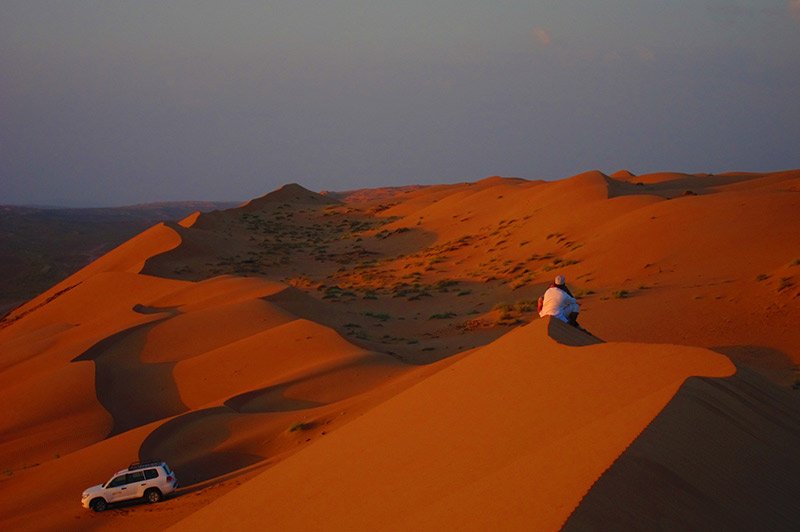
When referring to the Arab world, there’s a differentiation between the Middle East and North Africa, and the Gulf. The latter’s oil-rich states are often characterised by glittering high-rise developments, shopping malls, five-star hotels and industrial quantities of air-conditioning. Indigenous populations are often outnumbered by poorly paid guest workers, and little remains of traditional culture. Oman is an exception. The mostly benign absolute monarchy of the late Sultan Qaboos saw an insular conservative kingdom evolve to adopt a more modern outlook. However, as much as Oman has used its oil revenues for infrastructure development, it has retained its traditional culture and identity. This small group tours to Oman explores barren deserts and rugged coasts, as well as verdant oases and lush plantations. From remote mountain villages and simple farms to ornate tribal palaces, impressive mosques and modern cities, Oman displays its many faces. If you think you know the Gulf prepare to think again.
Arrival and departure transfers
Overland transport throughout with professional driver
All accommodation
Services of English-speaking guide / tour leader
Meals as listed B – Breakfast L – Lunch D – Dinner
Entrance fees for sites listed as part of the itinerary
International flights (contact us for expert advice and a quote)
Any airport taxes (except when prepaid with any domestic flights)
Travel Insurance
Visa – when required
Drinks
Items of personal nature
Tips (Discretionary)
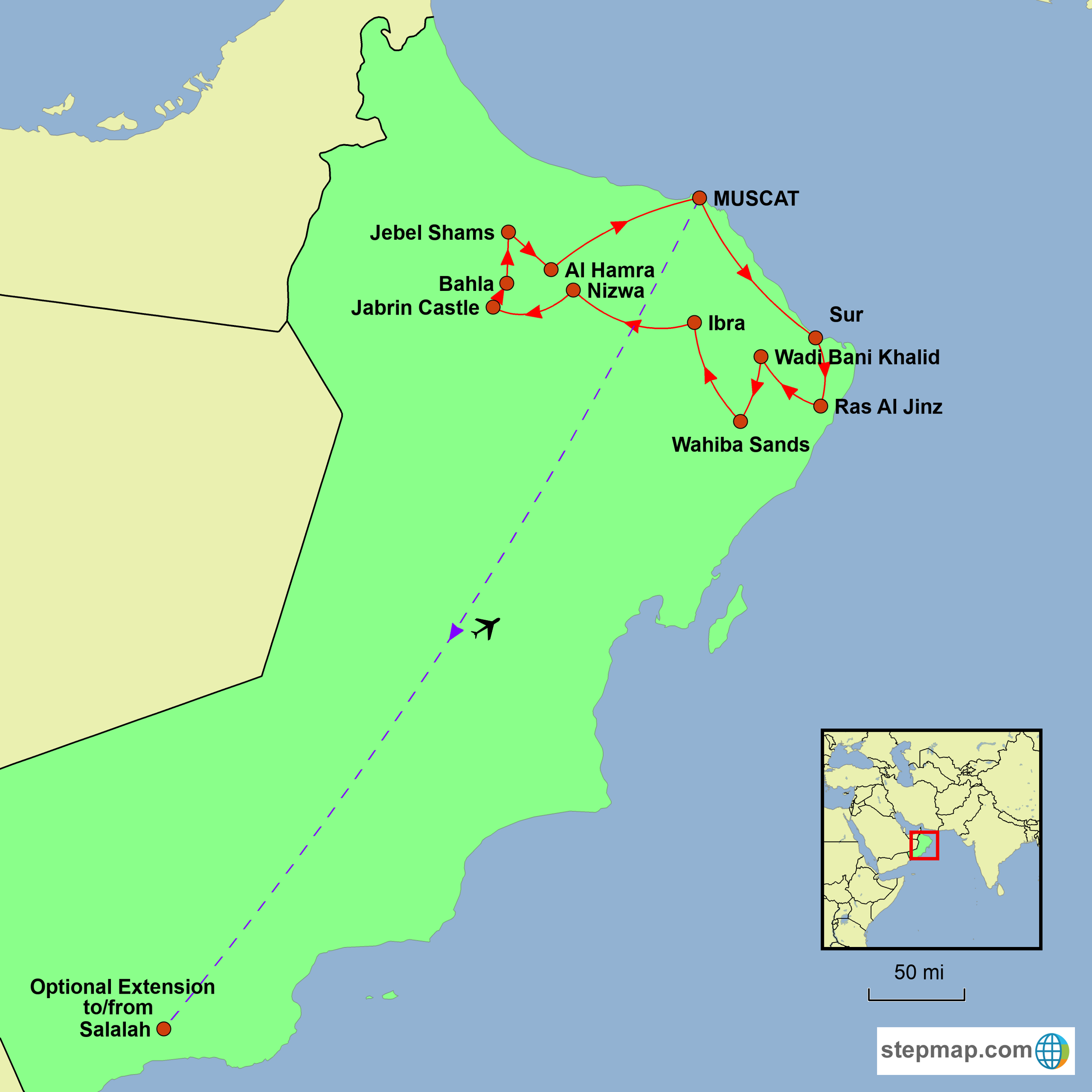
Arrive in Muscat, explore independently, and overnight at a local hotel. Travel through Oman’s dramatic landscapes, from the Bimmah Sink Hole and Wadi Shab to Sur and the turtle sanctuary at Ras Al Jinz. Visit Wadi Bani Khalid before venturing into the dunes of Wahiba Sands for a Oman desert adventures stay and Bedouin hospitality. Journey on to Nizwa via Jebel Akhdar’s lush mountains and terraced villages. Explore Nizwa Fort, Jabrin Castle, and Bahla before heading to the dramatic cliffs of Jebel Shams. Discover ancient mudbrick villages, mountain gorges, and forts en route back to Muscat. Conclude with visits to the Grand Mosque, old Muscat, Muttrah Souk, and a sunset cruise before your late-night departure.
Turtle Watching at Ras Al Jinz
Witness green turtles nesting on the beach after their long migration.
Desert Experience in Wahiba Sands
Stay in a remote desert camp with Bedouin hospitality and stunning dune landscapes.
Scenic Drives through Omani Wadis
Swim in the turquoise pools of Wadi Shab and Wadi Bani Khalid.
Cultural Exploration in Nizwa
Visit the 17th-century Nizwa Fort, lively souk, and historic castles in Jabrin and Bahla.
Sunset Cruise in Muscat
End the journey with a scenic boat ride along the coast after visiting the Grand Mosque and Muttrah Souk.
Download the Information Pack
To download the tour full dossier, which includes a complete day-by-day itinerary breakdown and detailed tour information, fill in the details below.

Foreign Office Travel Warnings Before booking your tour, please familiarise yourself with the country specific information provided by the UK’s Foreign, Commonwealth and Development Office (FCDO) – www.gov.uk/foreign-travel-advice. This includes important information such as latest immigration requirements, and details of any travel advisories. We constantly monitor the advice posted by the FCDO. In particular we will always advise clients of any travel warnings. At the time of writing the FCDO does not advise against travel to the areas of Oman that we visit on this tour. It should be noted that this information applies to British citizens. Other nationals are asked to check the current position of their respective government. Visa Information At the time of writing US and Australian nationals require a visa for a tourist visit to Oman. British nationals can visit Oman for up to 14 days without a visa. For further details please visit the applicable website shown below. British Nationals – www.gov.uk/foreign-travel-advice US Nationals – travel.state.gov/content/travel/en/international-travel.html Australian Nationals – www.smartraveller.gov.au Other nationals should check the latest requirements with the authorities in their home country, or with the destination’s nearest embassy or consulate. Should you require any documentation to support a visa application, such as a letter of invitation, upon request this will be provided by Undiscovered Destinations after receipt of your balance payment. As it is the travellers’ responsibility to ensure that they meet all entry requirements it is essential that you check the rules and any other conditions at the time of booking and again when making your balance payment. In addition, we would strongly advise that you make a final check around two weeks before your arrival. This is important as requirements can change at short notice. Undiscovered Destinations, when possible, will provide guidance about entry rules, but in the first instance please contact the relevant authorities, including the applicable embassy or consulate for assistance. Passports It is your responsibility to ensure that you are in possession of a full passport, valid for at least six months after the date of return to your country. We strongly advise that your passport contains a minimum of two blank pages, as this may be a requirement of the local immigration authorities. In addition, certain countries will stipulate that the two blank pages are opposite each other. If you are unable to meet these requirements, you may be refused boarding by your airline or denied entry by the immigration authorities. For specific information about the requirements for your destination please check with the country’s embassy or consulate. Alternatively, UK citizens can visit www.gov.uk/foreign-travel-advice. Vaccinations & Protection As with travel to most parts of the Middle East, we strongly recommend that you contact your doctor’s surgery or a specialist travel clinic for up-to-date information, advice, and the necessary vaccinations. For a visit of less than one month you maybe advised to have immunisations against the following: Diphtheria and Tetanus, Hepatitis A, Typhoid, Meningitis. The use of a DEET-containing insect repellent may also be recommended. The legal status and regulation of some medicines prescribed or purchased in your home country can be different in other countries. If you’re travelling with prescription or over-the-counter medicine, read this guidance from NaTHNaC on best practice when travelling with medicines. For further information on the legal status of a specific medicine, you’ll need to contact the embassy, high commission or consulate of the country or territory you’re travelling to. Travel Insurance It is a condition of booking with Undiscovered Destinations that you have adequate valid travel insurance. It is your responsibility to arrange appropriate travel insurance and ensure you have read and understood the full terms and conditions of your travel insurance policy to ensure that you are covered for all activities you intend to undertake whilst on the tour, including all optional activities. Your Insurance Policy must fully cover you for medical expenses (including cover for Covid-19 conditions) and emergency repatriation to your home country and be valid for the entire duration of your holiday. Local Conditions When travelling to our destinations, many of which are underdeveloped and untouristed by mainstream tourism, a good deal of patience and a sense of humour is an important attribute. This will help you to cope with problems such as ageing or poor infrastructure and when maintenance may not be as high as we would always like. The choice of appropriate accommodation in some towns and cities (particularly the smaller places) can be limited, and standards of both service and maintenance can be less than polished. Guides and other service providers in some of our destinations do not always have the decades of collective practice and experience that their counterparts in more developed countries can draw upon. Although we will always try and resolve any issues as quickly as possible, on occasions there may be some shortcomings which no matter how hard we try will be unavoidable.
